By Mike –
The following article has been translated from Italian and was first published on Auto Classiche.
This is a summary of the ten models that changed the Italian car scene and ultimately the world car scene. These cars introduced relevant innovations regarding technology, style or sales strategy.
The choice has been limited to ten cars and thus many important models could not be included. The introduction years of these cars range from 1923 to 1985 and this list represents the author’s opinion.
I am surprised at some of the cars selected, probably because I do not know much about them, and I am surprised that certain marques are not on this list.
by Giacomo Arosio (including the translation from Italian)
1) Cisitalia 202 (1947) – Universally recognized as the first “modern” car, the Cisitalia 202 represented one of the most relevant cars built after the Second World War.
Introduced in 1947, this Italian sports car had beautiful bodywork styled by Pininfarina that featured integrated fenders for the first time: nicknamed Ponton, this style would be a landmark for years to come. The car was built on a space frame chassis very similar to the Cisitalia D46 racing single-seater, while the Fiat engine was heavily tuned to increase the performance.
Unluckily some financial troubles affected the factory so the production of the 202 was stopped after only 170 cars and Vignale built the latter ones. This car had a great historical value despite its short life. Since 1951 a red Cisitalia 202 has been permanently displayed at the New York Museum of Modern Art, sitting along side other true works of art.
2) Fiat 600 (1955) – If you refer to technical specs only, probably you will be astonished to find the Fiat 600 is in the second place on this list. But considering its impressive sales success its presence becomes expected. This small Fiat was born during the Italian economic miracle in the mid 1950s and it represented the first affordable car for most Italians. Designed by Eng. Dante Giacosa, the Fiat 600 gave everyone in Italy the chance to own a car for the first time.
Filled with luggage and often driven without much care, the Fiat 600 was a trusted friend for many Italian drivers. The tiny Fiat 500, designed two years later by the same designer, would probably be more appreciated than the 600 but by that time the Italian people were accustomed to the automobile. The Fiat 600 was also the starting point to develop the Multipla, the first compact multi-purpose vehicle made over thirty years before its rivals.
3) Lancia Flavia (1960) – Although less known than other models by the same manufacturer, the Lancia Flavia had an important role in the Italian car scene. It was the first model made after Mr. Pesenti owned the company and it was also the first car developed by Eng. Antonio Fessia, a strong supporter of front wheel drive. The Flavia was the first Italian car with this feature, previously used on the CEMSA Caproni F11 prototype only. The car was fitted with a light alloy 4-cylinder boxer engine and a 4-disc brake system, the first available on a regular production car.
The bodywork was designed to hold the innovative engine and transmission so it featured a prominent front, that was less shapely than the rear. Maybe due to this reason, the Lancia Flavia was underrated but it was still a very innovative car. The front wheel drive layout would be more appreciated in the coming years and it would become a standard feature for today’s small cars.
4) Lancia Lambda (1923) – The Lancia Lambda was not only a true milestone in Italian car history, but it had worldwide relevance as well. Strongly supported by Vincenzo Lancia himself, the Lambda was the first car in the world to have a monocoque chassis instead of the more common body-on-frame construction. This feature represented a revolution and it is amazing to think that it was first patented in 1919.
The monocoque allowed the car to be lower because the drive shaft could be held in a proper tunnel: previously the body shell was simply placed above the drive shaft, raising the height of the car. The independent front suspension was very advanced for those times. The Lambda introduced the V4 engine too, an unusual configuration that would remain a prerogative of many Lancia cars until the mid 70’s.
5) Alfa Romeo Giulietta (1954) – One of the most important Alfa Romeo models, the Giulietta, was the first mass-production car built by Alfa Romeo. The Giulietta offered a more affordable model than the exclusive 1900 that also increased sales for Alfa Romeo.
The car was conceived by a team of very skilled engineers like Rudolf Hruska, Giuseppe Busso and Orazio Satta Puliga. The result of the crew’s work was a very advanced car fitted with a powerful alloy DOHC engine that would be the factory flagship for the years to come and made the Giulietta one of the fastest cars of its class.
Unusually, the Giulietta coupè (known as Sprint) was unveiled one year before the sedan model, because the latter required a more accurate set-up. The car was truly a best seller and Alfa Romeo built over 130,000 Giuliettas in ten years of production. The Giulietta led to many sports models like the famous Spider, one of the most appreciated roadsters of its era, the SZ designed by Zagato and the Sprint Speciale fitted with the aerodynamic bodywork styled by Bertone.
6) De Tomaso Vallelunga (1964) – Can we consider a handcrafted car produced in less than 60 pieces as a milestone? Yes, but only if its creator is Mr. Alejandro De Tomaso. The Vallelunga was the first road-going car built by the Italian-Argentinian manufacturer, designed for those customers who really enjoyed the sport of driving.
Thanks to his experience in car racing, De Tomaso built the first street-legal mid-engine car: it was a true technical revolution inspired by the single-seater cars raced by the De Tomaso Team itself in the Formula 3 Championship. The Vallelunga featured a light backbone chassis that used both the Ford engine and the gearbox as stressed elements to attach the rear suspension. A very similar technical layout would be later used in the De Tomaso Mangusta from 1967, but the following Pantera model would use a cheaper monocoque chassis, more appropriate for a mass-production sports car.
7) Lamborghini Miura (1966) – The Lamborghini Miura debut was like an earthquake in the sports car market: if you have a look at this car it’s easy to understand the reason why all the other Italian front-engine granturismo looked outdated by comparison.
The Miura transformed the traditional layout of the classic sports car because its transversely mounted engine was placed in the middle of the car. If this was not enough, the platform chassis was very different from the rivals, that all featured a classic tubular framework. The V12 engine designed by Eng. Giotto Bizzarrini allowed the Miura to reach an impressive top speed of 290 Km/h, while the beautiful bodywork created by Marcello Gandini did the rest.
The new Lamborghini soon became a highly sought-after car and all the VIPs and the wealthy people of the period wanted one. The competitors were astonished and they would build cars with a similar engine layout only many years later. So we can rightly say that the Lamborghini Miura made a real change in the sports car history and it was probably the first supercar.
Donate to My Car Quest – Click Here
8) Lancia Stratos (1973) – Only few cars marked a turning point in the rally scene like the Lancia Stratos. The first car to be specially designed to rally racing, the Stratos made its debut in 1973 to replace the Lancia Fulvia and to keep on the Lancia leadership in the World Rally Championship. Every detail of this car was designed to get the best race result: the short wheelbase and overhangs made the car very handy and both the trunk and the boot lid could be removed to make the repairs easier. The sophisticated engine was the same used by the Dino 246, that featured an identical layout with transversal-mounted mid-engine.
The amazing bodywork by Marcello Gandini looked like a concept-car and it had some distinctive features like the curved windows that made the car very distinctive. The Stratos met Lancia’s expectations by winning the World Rally Championship in 1974, 1975, and 1976 and continued to have a successful racing career until the early 1980s.
9) Lancia Delta S4 (1985) – After more than twenty-five years from its debut, the Lancia Delta S4 remains one of the highest points of Italian automotive technology and it is still much appreciated today. The Delta S4 was born in 1985 and only 200 examples were made to get the homologation to enter the World Rally Championship in the Gr.B class.
Designed by Abarth engineers, the S4 was a ready-to-race car that had nothing in common with the regular production Lancia Delta: it featured a mid-engine layout and a sophisticated all wheel drive traction system. The space frame chassis was made of square tubes strengthened by kevlar and carbon fiber panels, the same composite materials used also for the bodywork. The 1.8-liter DOHC engine combined supercharging and turbocharging for the first time: the Volumex supercharger worked at low rpm, while the KKK turbocharger took its place at high rpm. The road-going engine developed 250 hp, but the race-prepped version used in the 1986-racing season reached about 650 hp.
10) Iso Isetta (1953) – After having reached a great success in scooter and small motorcycle production, the Milanese manufacturer Iso tried to build an affordable small car that would be a middle ground between a motorcycle and a car.
This interesting vehicle made its debut in 1953: named Isetta (a nickname that means little Iso), the car was designed by Eng. Ermenegildo Preti and Pierluigi Raggi with some ideas inspired from aeronautic technology. The Isetta was really a very innovative car and it was probably the first citycar ever to be regularly produced.
The tiny egg-shaped bodywork gave room for two passengers including the driver and the 250 cc motorcycle engine allowed the Isetta to reach a respectable top speed in spite of its small displacement. The Isetta’s most distinctive features were the small rear track width and the single door placed in the front of the car. Maybe it was too much futuristic for its era, so the sales of the Isetta were not what Iso had hoped for.
The Isetta would become a great success only when BMW started to build it under license in Germany: nemo propheta in patria.
~~~
I know many of you have opinions on this list – which cars do not belong and which cars were left off? I notice that the Bizzarrini GT 5300 is not mentioned but Giotto Bizzarrini is mentioned and the Iso Grifo is not on the list but there is an Iso.
I also note that neither a Ferrari nor a Maserati made the list.
Let us know what you think in the comments.
About Giacomo Arosio
Born in 1982, Giacomo Arosio is first and foremost a classic cars enthusiast. After spending about 4 years in a well known Italian internet company based in Milan, he chose to follow his main interest and founded Auto Classiche, a website entirely focused on vintage cars. He usually writes articles and reviews about classic and collectors cars published on his own website and occasionally on My Car Quest.
This article was originally posted in October 2012.
Summary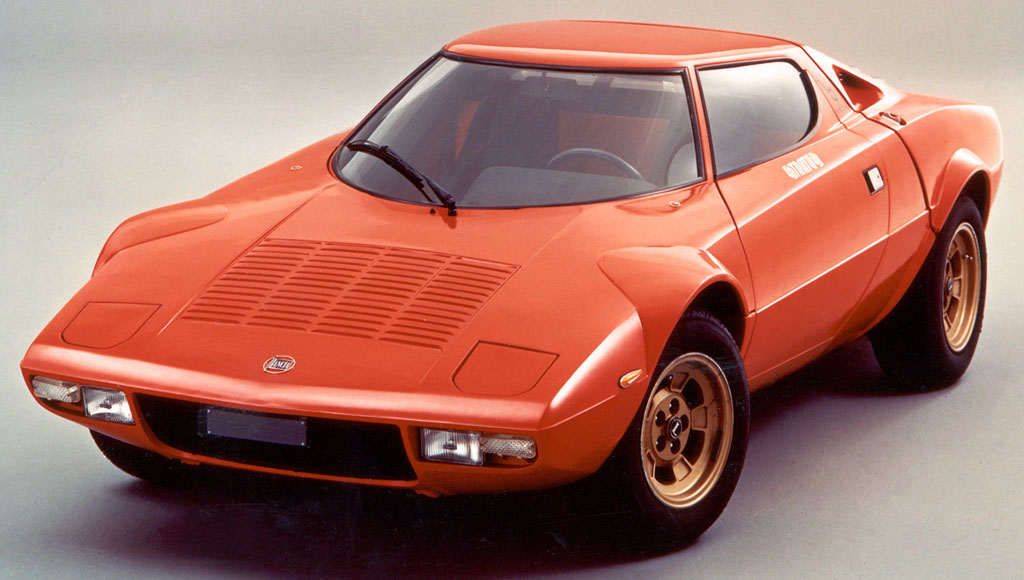 Article NameThe Ten Most Innovative Italian Cars Of All TimeDescriptionThis is a summary of the ten models that changed the Italian car scene and ultimately the world car scene. These cars introduced relevant innovations regarding technology, style or sales strategy.Author
Giacomo Arosio
Article NameThe Ten Most Innovative Italian Cars Of All TimeDescriptionThis is a summary of the ten models that changed the Italian car scene and ultimately the world car scene. These cars introduced relevant innovations regarding technology, style or sales strategy.Author
Giacomo Arosio

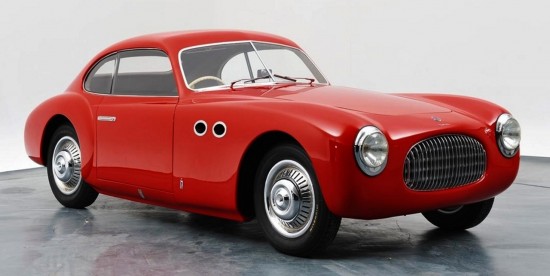
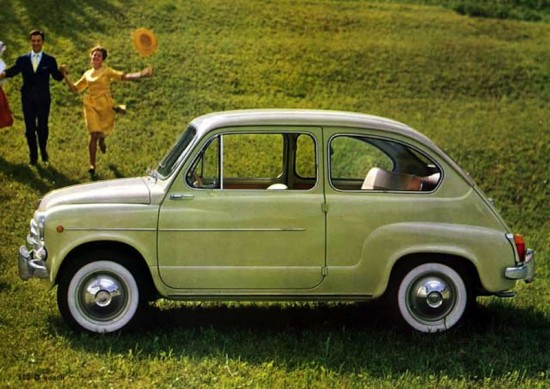
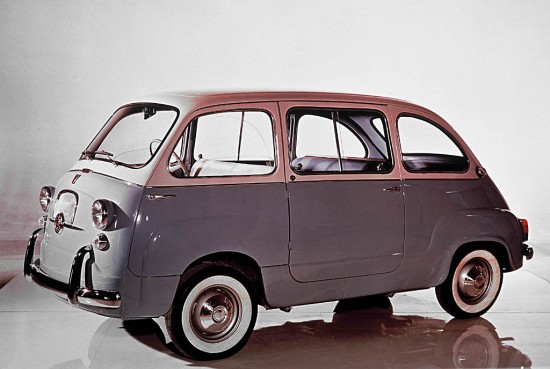
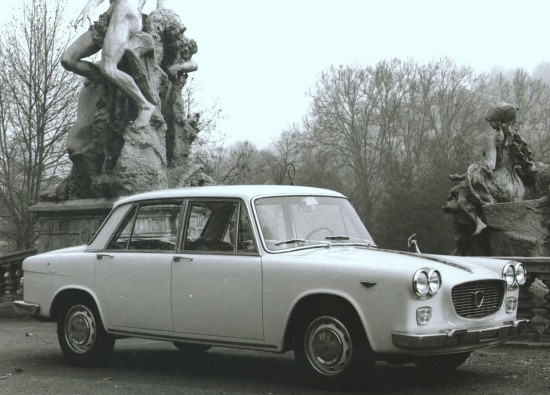

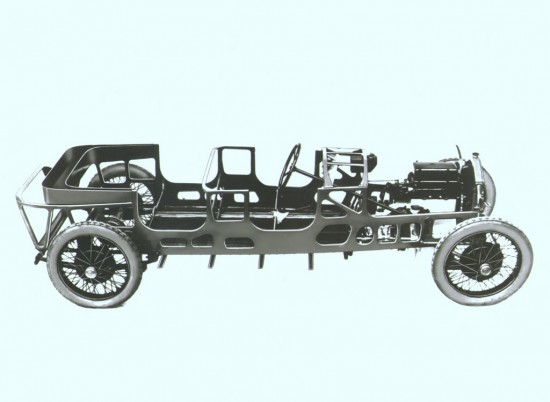
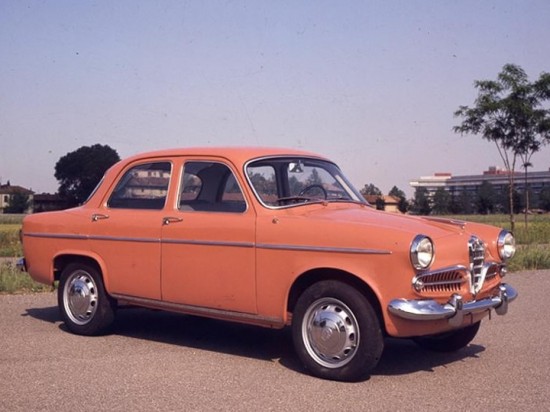
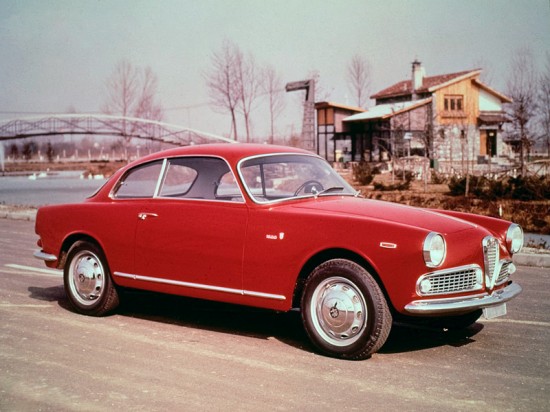
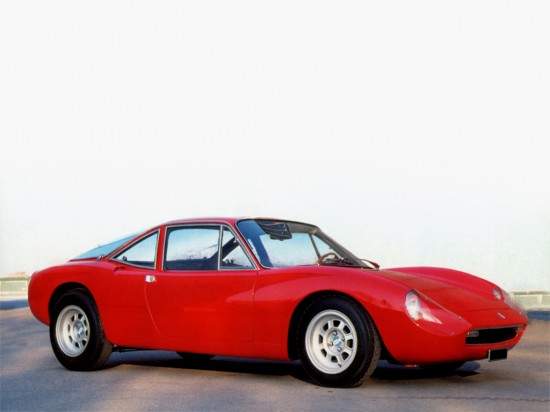
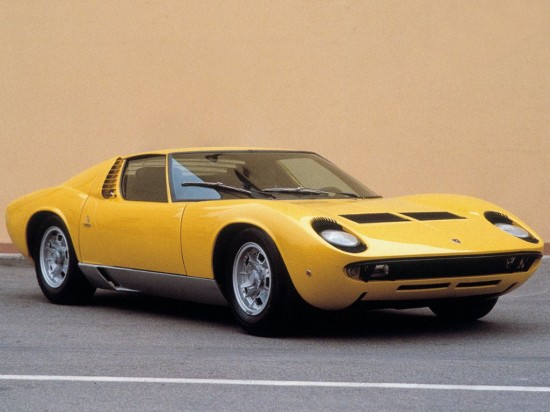
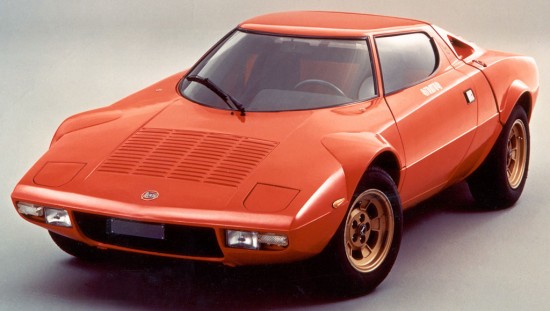
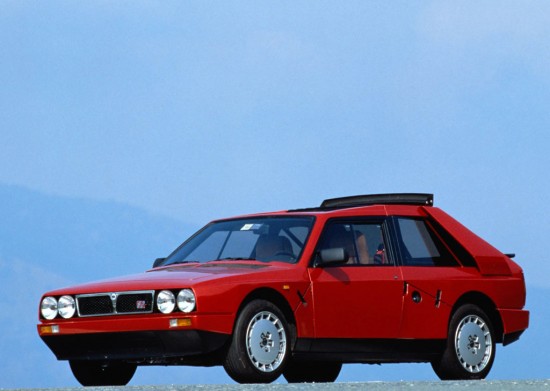
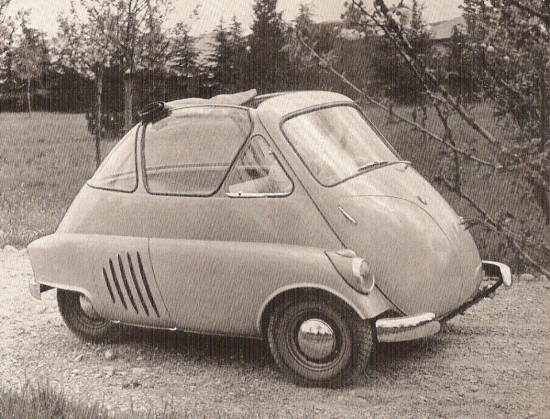
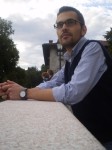


Mike, you’ve done something that I’ve done once on my website, provide an English translation of an article done previously in another language and you’ve pulled it off masterfully. Did the author provide the translation or did you use something like Google Translate, then edit the text? It reads very well in either event.
Now on to the list. As you pointed out, it is only one man’s opinion and in my opinion such lists by their very nature provoke conversation and in some instances, controversy and this list is no exception. While I can make a case for any car on this list, that no Ferrari is included is simply inexcusable. But which Ferrari?
If innovation is the criteria, rather than importance (in terms of importance I would have to say that the 308 GTB/GTS/GTBi/GTSi would have to be my choice as it ushered in the era of the modern, mass-production Ferrari), but in terms of innovation I would suggest including the F40, placing the De Tomaso Vallelunga. The F40, itself an evolution of the 288 GTO, was literally a race car that could be driven on the street, in the spirit of the 250 GTO (which was in reality a comparatively crude car when compared to its contemporaries like the Jaguar E-Type). With its lightweight construction and twin superchargers combined with significant production numbers, it set the template for all the Ferrari supercars that followed.
I’m sure that my selection will provoke some comments but that’s the fun part of lists like this. I’ll be curious as to what others have to say after seeing this article.
Rich,
The author provided the translation with editing by me.
I would like to hear what other readers think too.
Rich, your opinion is greatly appreciated. One of the best feature of a list like this is the following discussion among the readers, each one with his point of view.
I didn’t include any Ferrari because they are surely important cars, but my criterion was only the innovation. So a little citycar could be more important than a granturismo. The F40 was a milestone but it was an evolution of the 288 GTO, that in turn came from the 308. Maybe the F50 with its engine used as a stressed member could be added to the list.
Many significative cars were excluded. If I could make a 11th place in my list I would go for the Maserati Quattroporte from 1963: it was the first high-performance sedan car. The Iso Fidia, The De Tomaso Deauville, the MB 300 SEL 6.3 and so on came after it…
Giacomo
Mike, thank you for sharing this article with your readershiip. It was great and very enlightening. I would just have to say that although the author’s intentions are honorable, and the article is terrific, he does seem to have a bias towards Lancia models. Perhaps because they were not too common for me to see growing up (I am 49), I find this a bit disconcerting, although I have no issues with Lancias, they seem to be a little overrepresented on the author’s list. I would be interested in hearing how your other readers feel. Thanks for always making my morning sunny, Mike!!!
In the US we are not very familiar with Lancia and Fiat because they exited the US market decades ago, although Fiat is now back.
My only exposure to Lancia and Fiat cars are at a classic car event. I really know very little about Lancia so clearly this list would be different if written by a non-Italian person even though it is about Italian cars.
We all have a perspective developed from our own experiences. I think this is great and I want to hear other viewpoints.
Good list, but I would remove the Miura it may have been mind blowing and spectacular, but so were many other Italian cars. The De Tomaso, ATS and the Matra (french) were first at bat for the mid engined street car. I would replace it with the Iso Grifo Targa. Little do most auto enthusiasts know the Targa top was invented by the Iso Rivolta company and stolen fair and square by Porsche. Iso should have registered the design.
On a side note the Lancia Stratos was the first car to use modern low profile “wide radial tires”. The tires were designed by Pirelli especially for the Stratos in rally racing. They worked so well that Porsche started using them immediately on their 930 turbo. Today this is the standard tire design still used by most sports cars.
Amazing – I just learned something new, no wait two new things.
I agree about the Miura. It is certainly a beautiful car but I have felt its place in history has been over stated.
I believe it has been over stated for two reasons: 1) It is a beautiful design 2) The Lamborghini company is still around and they promote the Miura’s place in history to help sell new cars. All of the other cars you mentioned are no longer made so they do not have a corporate advocate.
You’re right, I didn’t consider the ATS 2500 GT. Although it was surely an interesting chapter in the italian car scene and it was born after an incredible fact (the famous Maranello engineers rebellion), it was produced in less than 10 pieces, so it’s quite hard to consider it as a regular production car. Anyway, it could be a nice addition!
The Iso Rivolta Grifo is one of my favorite cars ever but how many Targa were produced? The idea of the removable top was good, but I assume that less than 20 cars were made with this feature and I was looking for more popular cars to be added in the list.
Just one question about the Targa roof: I’ve always thought that the first example was the “Surrey Top” fitted on the Triumph TR4 in early 60’s, what do you think?
Giacomo
I think your correct about the Triumph, I guess it has more to do with the usage and term “Targa” which means plate or shield in Italian. Grifo 011 with the zip out window was made 3-01-1966 Porsche showed a prototype in 65 but didn’t submit for the patent until June 28 1966 . Porsche claims they got the name from the Targa Florio race. So could we say the Grifo was the first Italian car with a targa style roof? I think Iso knew that battling Porsche for the name would just cost money in the long run. I agree, less than 20 Grifo’s were made with Targa tops, but then again only one spyder was made and never marketed, so the targa was the Grifo’s only open air option. If you look at all the Grifo coups there is a line that runs across the roof of the car, I am not sure if why this line is there but it is in the perfect location to make any Grifo a targa if you cut across that line. Other Italian cars with the targa X1/9, Lancia Zagato, Jalapa, 246 Dino, 308 Dino and Bizzarrini (thats for you Mike 🙂 )
Grifo for me, Grifo Targa #011 was actually just a standard Grifo when constructed by Iso. Grifo #097 was the first Targa constructed and it was built on October 30th, 1966. Iso did not offer the Targa option to the public until Grifo #264 which was built on June 23rd, 1969. Iso was concerned about the roof leaking and having warranty claims so they would try to push the buyer towards the Pavesi Sunroof option. It has always been surmised that the owner of #011 wanted a targa so he went to Pavesi to have his Grifo converted. #097 had buffeting at speed with the roof panels off. Starting with #264 Iso had rear vents to expel the trapped air. This is likely the reason #011 had the zip out rear window. It was told to me in 1984 by the Nevada owner of #011 that the car had only one roof panel, more like a Fiat X19. The car had been owned by gangsters in Nevada and at some point a girlfriend of the gangsters was upset and through the top into a river. When #011 was restored, bullet holes were found in the bodywork! Interesting note that when Fiat had Bertone design the X19, Porsche took them to court saying the Targa top was exclusively their design. Fiat used the Grifo Targa as the evidence against Porsche and the case was dropped.
Great article! I agree in most of the cars presented here. I also believe that the initial author seem to have a bias towards Lancia models. Based on this list, I created mine. You can find it at http://www.carblogger.gr/2016/12/10.html
Great article very much appreciated. After believing I was too busy for years I will now be sure to read each of these and want to thank Mike for your contributions. Everyone is entitled to their own opinion thus no one is wrong in our very subjective world.
There is no bias in favor of Lancia – Lancia was always the epitome of finely engineered Italian cars, with a lot of “firsts”. Unfortunately, they probably won’t be around even another five years, as they have been a division of Fiat now for many years, and it Italy they basically sell only one Lancia model, and it basically only a badge-engineered Fiat. A true tragedy for a company with such a brilliant legacy.
The Lancia Aurelia was the first V6 engine in production. It also had much success in racing.
The Cisitalia 202 of 1947 was NOT originally styled by Pininfarina but by Giovanni Savonuzzi. Go to page 110 of Nino Balestra-Cesare De Agostii’s book Cisitalia. Savonuzzi created the design of the Cisitalia GT coupe in May of 1947. PF later modified the design for production.
Steve,
You are correct (even though the Pinin Farina badge is on the side) as I mentioned in the photo article of Eva Peron’s Cisitalia 202 Cabriolet – here – https://mycarquest.com/2012/05/1947-cisitalia-202-cabriolet.html
“Battista Farina of Pinin Farina based this design on Giovanni Savonuzzi’s Cisitalia race car.”